Meet the female scientists who develop cellular & gene therapies
Writer: Chen Xiaochun | Editor: Zhang Chanwen | From: Shenzhen Daily | Updated: 2022-09-26
A+ A- Print
Scientists who develop cellular & & gene therapies
Inside Namtai Inno Park in Guangming District hides a low-profile biomedical development firm – Shenzhen Wingor Biotechnology Co. Upon entering the company, one may feel a different vibe – something gentle yet vibrant, maybe because it’s female-dominated. Its founder, most executives and over half the employees are female.
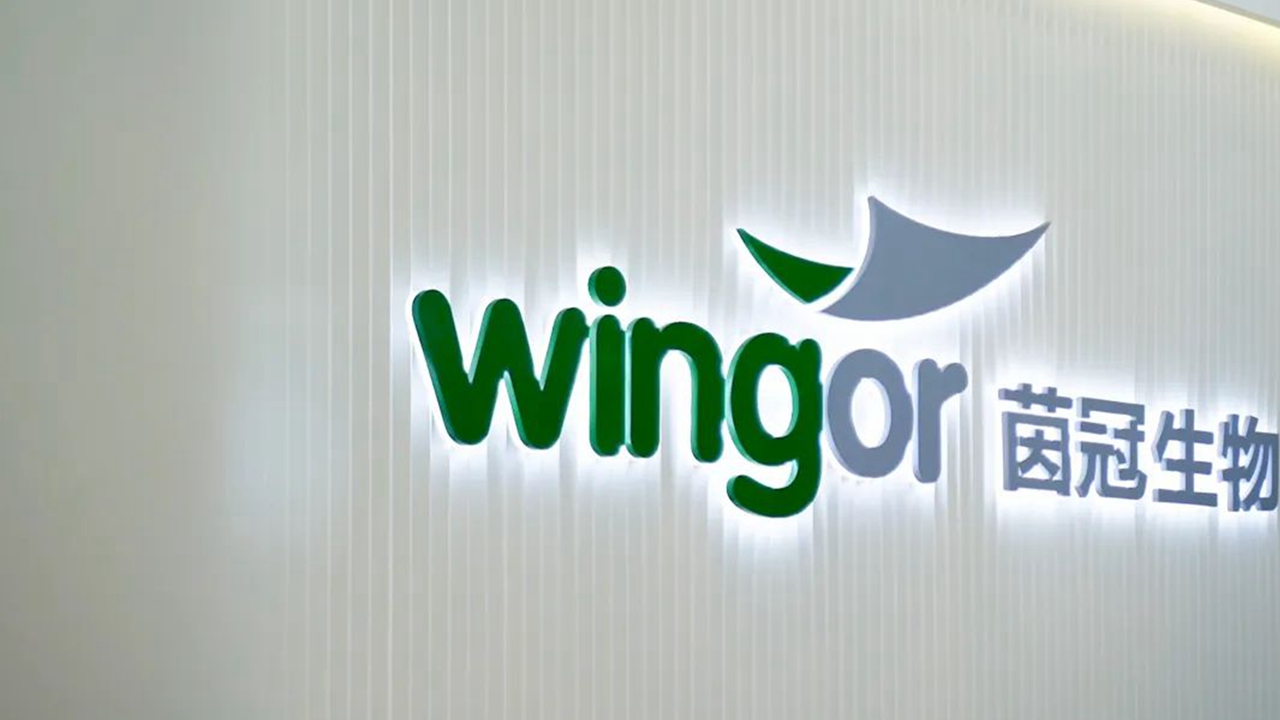
Jiang Shu, the company’s founder and chairwoman, has been working in biomedicine for over 20 years, mainly focusing on cellular and genetic technologies, as well as clinical translation and application.
After Jiang finished her doctoral degree in medicine at Jilin University, she went to Virginia Polytechnic Institute and State University for her postdoctoral research. Later, she worked as a senior biotechnology researcher at Stanford University for many years. Jiang has also worked for the well-known U.S. pharmaceutical company Escape, where she has been engaged in biotech research and development, and innovative cellular drug development and translation.
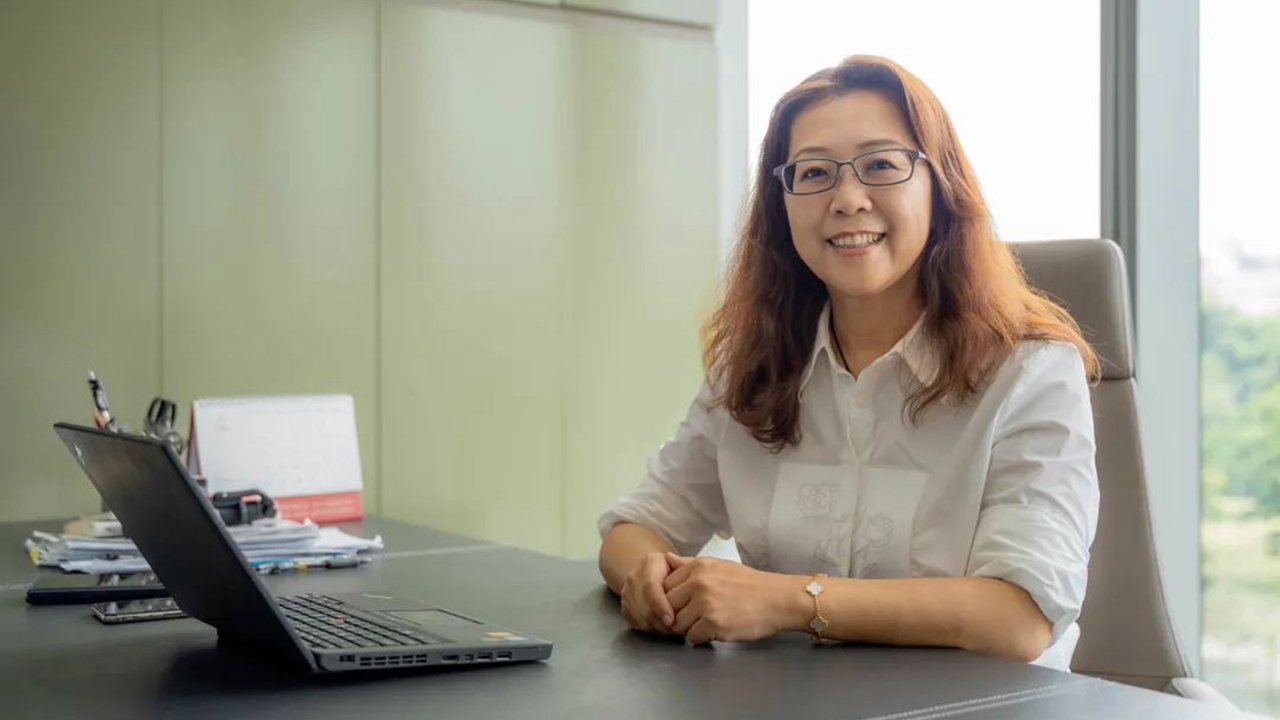
Jiang Shu, founder and chairwoman of Shenzhen Wingor Biotechnology Co. Photos by Lin Jianping, except otherwise stated
“Compared with developed countries in the West, there is a huge clinical demand in China, and the domestic biomedicine industry has huge development potential. In 2009, with confidence and determination, I was introduced back to China as a high-level overseas talent and set out on a journey to return to China for development,” Jiang told Shenzhen Daily in an exclusive interview.
In 2013, she founded Shenzhen Wingor Biotechnology Co. in order to work with her team to keep innovating and developing new-type cellular and gene therapy products in the fields of degenerative, autoimmune and neurological diseases. The company focuses on the whole industry chain from research to development, translation and application of cellular and gene therapies.
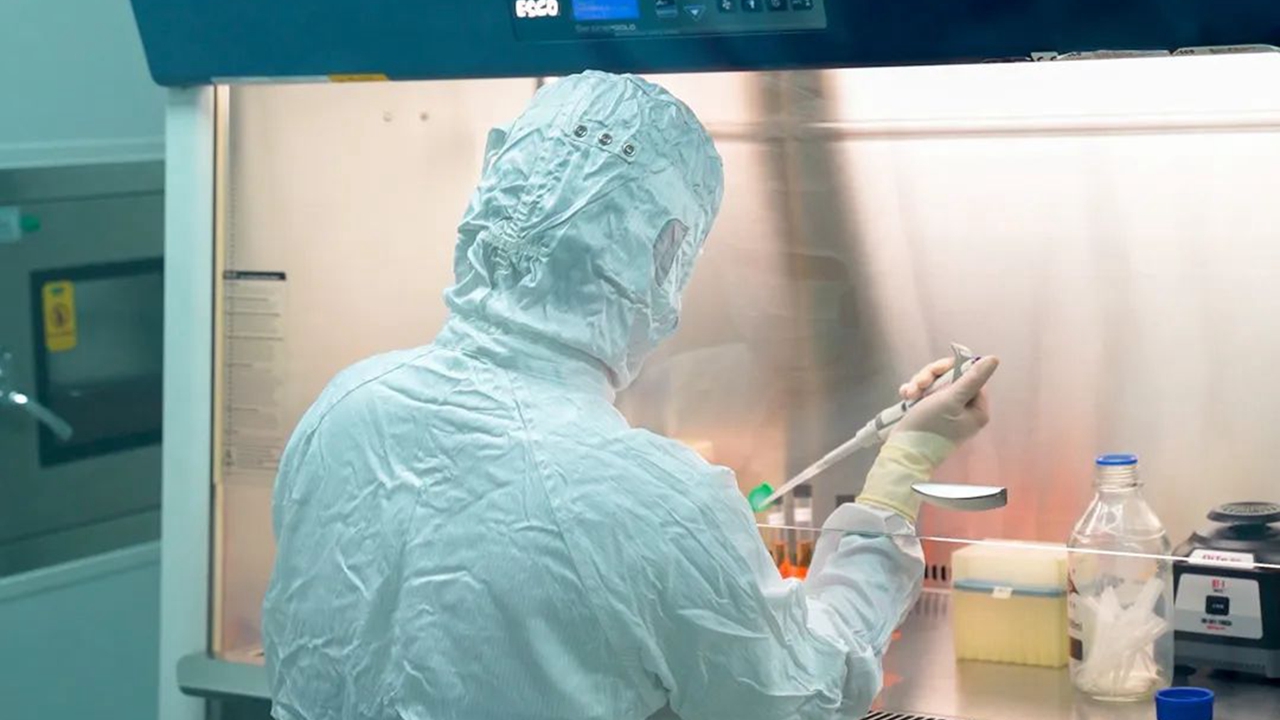
An employee of the company carries out stem cell cycle detection.
“At present, our first-tier products are focused on the development of innovative stem cell drugs. We have formed a high-quality technical and management team of over 80 people, and among them, over 40% are high-level talents with master’s degree, doctoral degree or above. Our goal is: Slow down aging, keep diseases away and keep healthy forever,” Jiang introduced.
Zhang Yun, co-CEO of the company, is Chinese Canadian. After working in biomedical research abroad for several years, she decided to return to China to focus on the translation and application of biomedical technologies. In 2013, she joined Jiang’s team to develop cellular and gene therapy drugs and focus on the research of clinical translation and application.
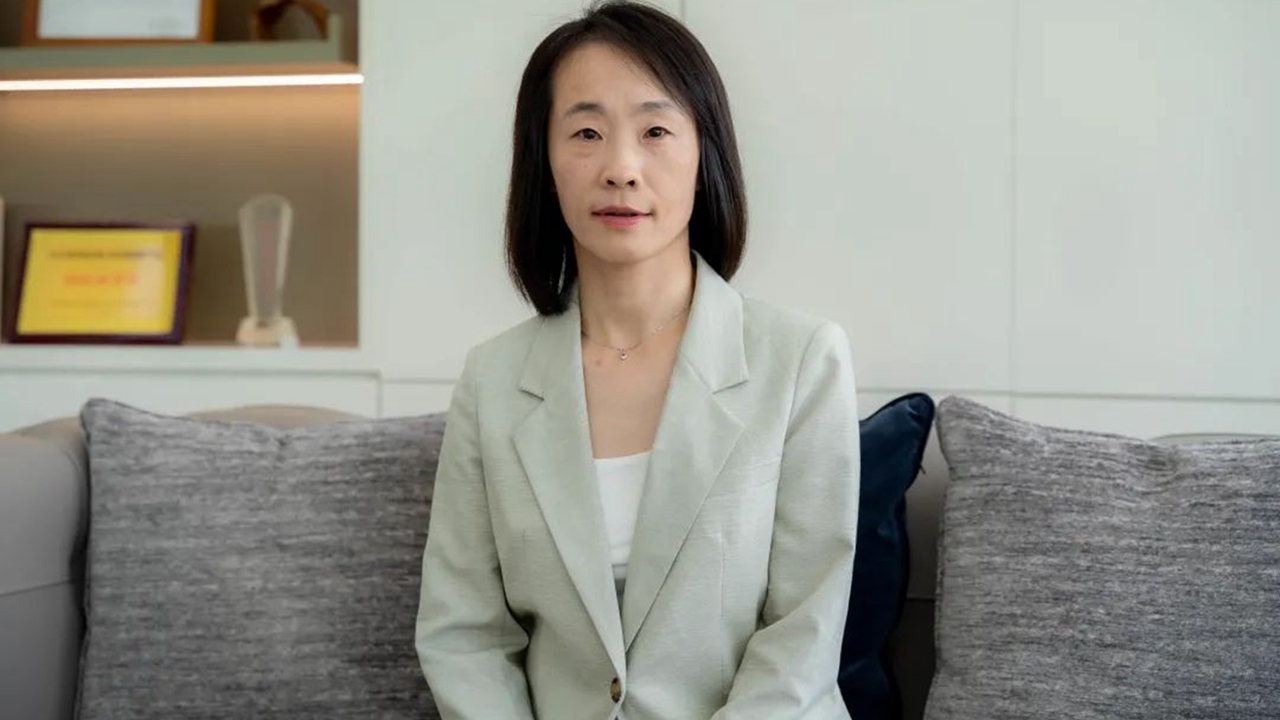
Zhang Yun, co-CEO of the company, receives an exclusive interview with Shenzhen Daily.
“The 21st century is the era of cellular therapy. In recent years, cellular therapy has demonstrated a broad prospect in application; and the global stem cell industry is developing rapidly with a gradually expanding market scale which will reach trillions of yuan in the next three years. Stem cell research and application is the most important segment and has become an important indicator of a country’s life science and medical development, and many countries are strongly supporting the research in this field,” Zhang said.
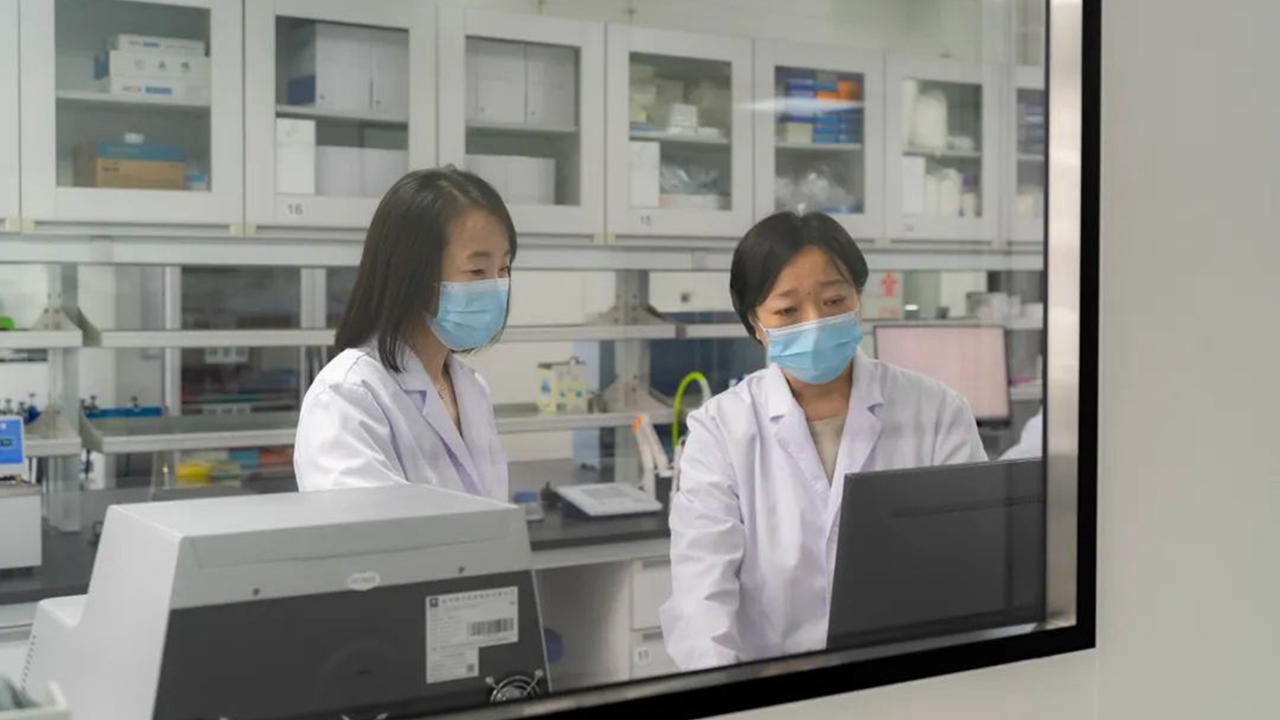
Zhang Yun (L) communicates with Weng Dongxu, manager of the quality department of Shenzhen Wingor Biotechnology Co.
According to Jiang, when she was conducting cell technology research abroad, there were already several new stem cell drugs in the overseas market, but to date, there is still not a single new stem cell drug in the Chinese market.
“The clinical application of stem cell technology not only provides a new treatment model for various diseases, but also brings hope to seriously and gravely ill patients. We are developing stem cell products which will hopefully fill the gap of stem cell drugs in Shenzhen and even in all of China,” Jiang said.
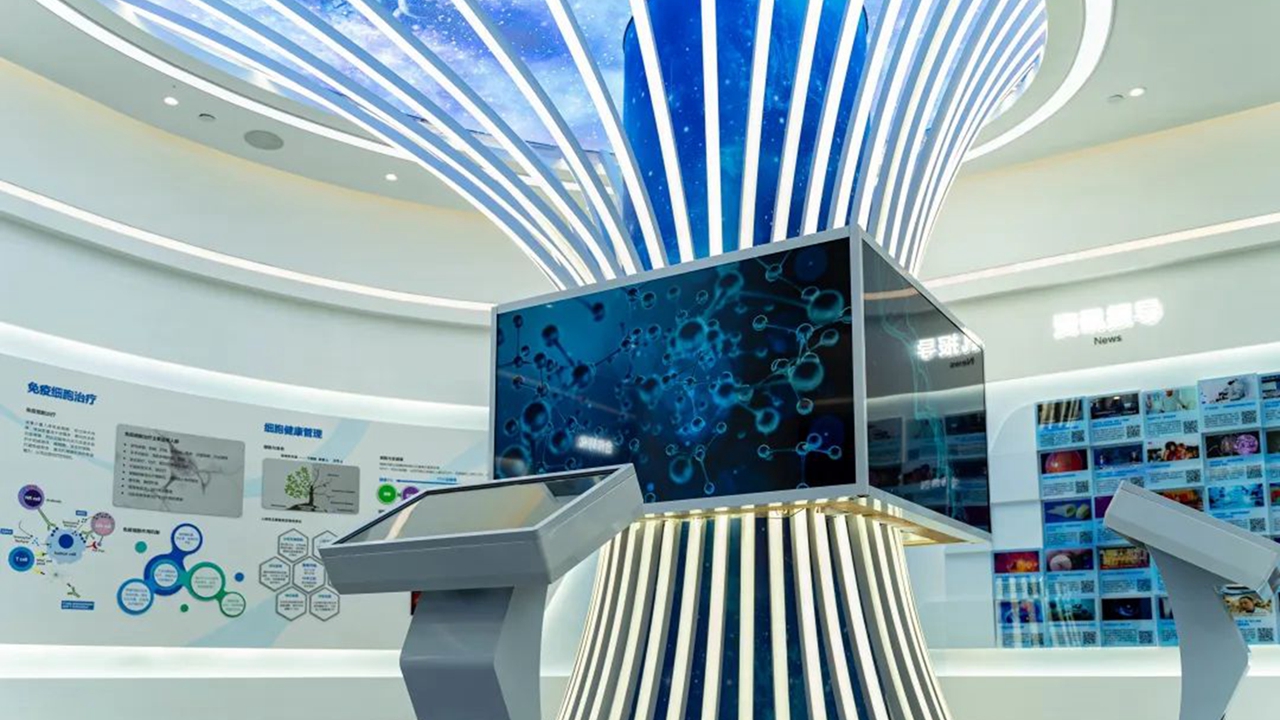
An exhibition area of the company.
The company, originally set up in Nanshan, is now headquartered in Guangming, and has nearly 10 branches in various areas including South China, North China, Southwest China and Northwest China. It has also established nearly 10 regional cell preparations.
When Jiang was asked about why she set up the company in Shenzhen, without second thought, she listed many of the city’s advantages.
“Many people may ask why we didn’t set up the company in the Yangtze River Delta because they may think that the biomedicine industry clusters are there. But in fact, Shenzhen is the cradle of the cellular and gene therapy industry in China. It has a solid foundation of technology and industrial transformation,” Jiang introduced.
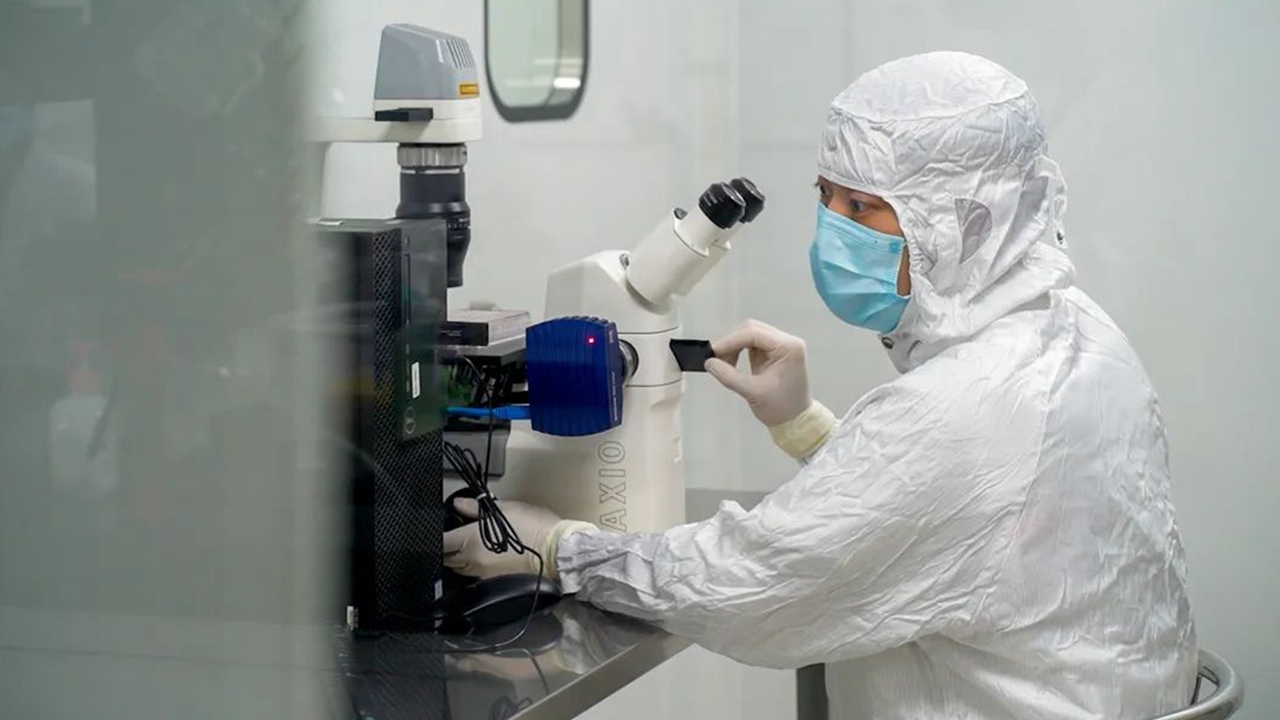
A staff member of the company takes pictures of the cells using a fluorescence microscope.
Besides, the city has taken the lead in releasing measures to facilitate the development of this industry, such as the Regulation to Promote Cell and Gene Industry in Shenzhen Special Economic Zone unveiled last year. “At the same time, Shenzhen is a cradle of entrepreneurs thanks to its huge advantages in talents and capital,” Jiang added.
As for Guangming District, it’s the center of northern Shenzhen, a science and technology innovation center and a hub for high-tech and advanced manufacturing industries. The district is building the startup zone for the national comprehensive science center in the Guangdong-Hong Kong-Macao Greater Bay Area.

Hongqiao Park in Guangming District. Liu Xudong
“On one hand, we are now at a new development stage where we need to expand and need more space. On the other hand, the positioning of our company development is in line with the positioning of Guangming District. Guangming is home to a complete chain of industry, academy and research. Shenzhen Bay Laboratory, Sun Yat-sen University Shenzhen Campus and the Seventh Affiliated Hospital of Sun Yat-sen University are all nearby, which will no doubt facilitate our development,” Jiang said.
In addition, Guangming District has an excellent business environment and has released a series of industrial policies to support enterprises’ development. The district took the lead in releasing Several Measures to Support the Integrated Development of Innovation and Industry Chains of Synthetic Biology, which has created a favorable external environment and new momentum for the company’s development.
“As one of the first batch of recognized synthetic biology enterprises in Guangming, we enjoy Guangming District’s industrial support policy on synthetic biology, and we also have access to more industrial resources,” Jiang said.
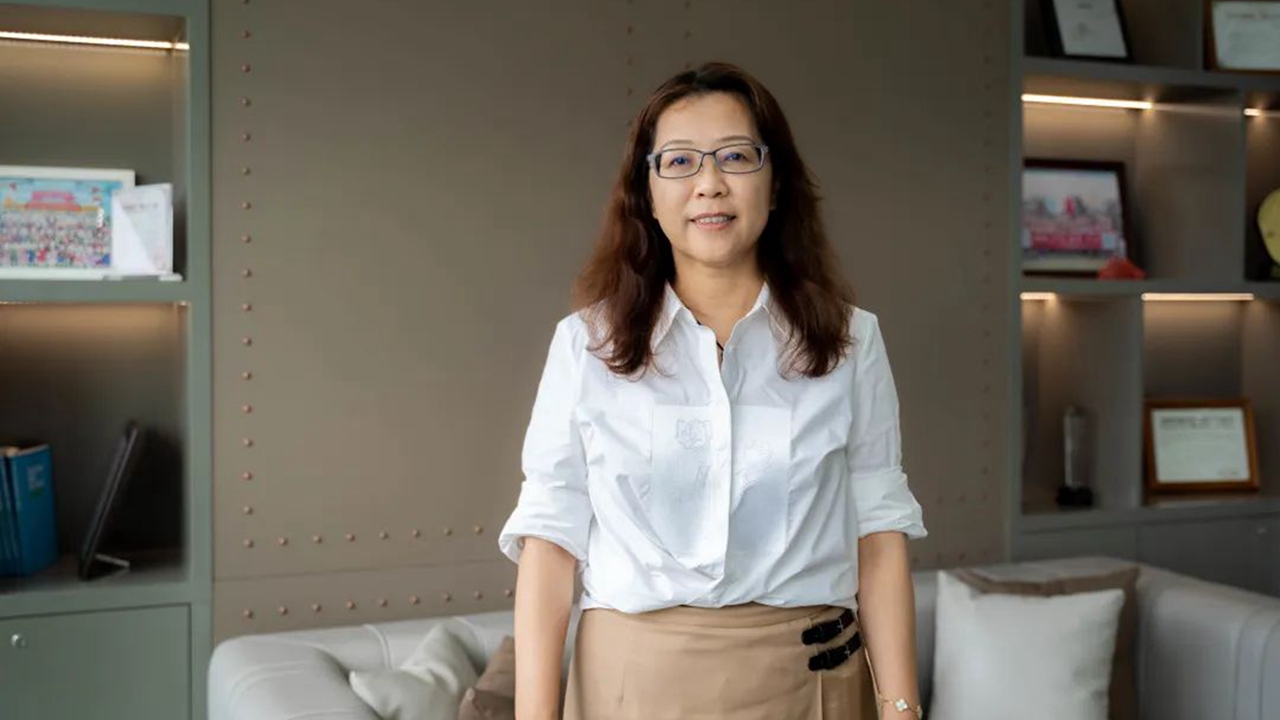
Jiang Shu in her office.
So far, the company has applied for more than 50 patents, including nearly 10 international patents. Jiang said they will continue to attract high-quality talents to strengthen their research team, increase technological innovation investment, enhance market competitiveness and promote the industrialization of cellular and gene therapies in China as soon as possible.
“We believe that, backed by Shenzhen's high tech environment, we will grow into a leading company in the field of cellular and gene therapies in China and speed up the industrialization and commercialization of the cellular and gene therapy industry!” Jiang said.